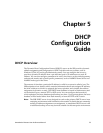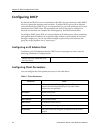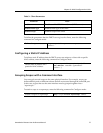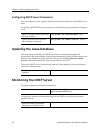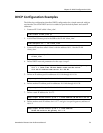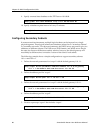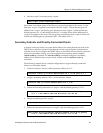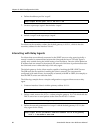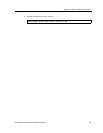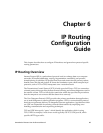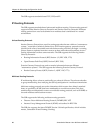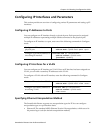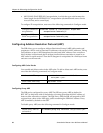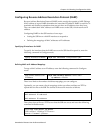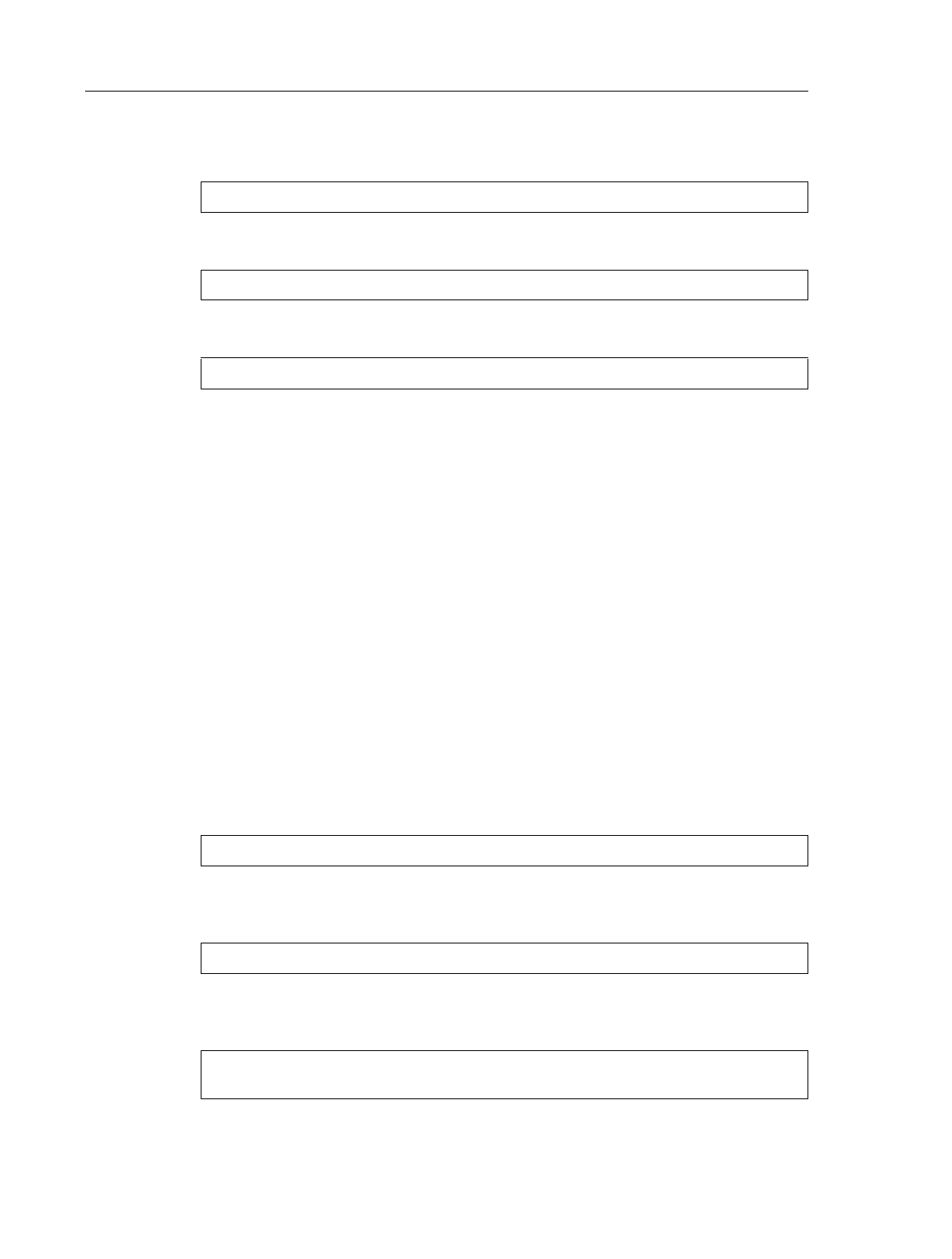
Chapter 5: DHCP Configuration Guide
82 SmartSwitch Router User Reference Manual
6. Define the address pool for ‘scope2’.
7. Create a superscope ‘super1’ that includes ‘scope1’.
8. Include ‘scope2’ in the superscope ‘super1’.
For clients on the secondary subnet, the default gateway is 10.2.1.1, which is also the
secondary address for the interface ‘clients’.
Interacting with Relay Agents
For clients that are not directly connected to the DHCP server, a relay agent (typically a
router) is needed to communicate between the client and the server. The relay agent is
usually only needed during the initial leasing of an IP address. Once the client obtains an
IP address and can connect to the network, the renewal of the lease is performed between
the client and server without the help of the relay agent.
The default gateway for the client must be capable of reaching the SSR’s DHCP server.
The SSR must also be capable of reaching the client’s network. The route must be
configured (with static routes, for example) or learned (with RIP or OSPF, for example) so
that the DHCP server can reach the client.
The following example shows a simple configuration to support clients across a relay
agent.
1. Create an interface ‘clients’ with the primary address 10.1.1.1.
2. Define a static route to the 10.5.x.x. subnet using the gateway 10.1.7.10 which tells the
DHCP server how to send packets to the client on the 10.5.x.x subnet.
3. Define the network parameters for ‘scope1’ with the default gateway 10.5.1.1 (the
relay agent for the client).
dhcp scope2 define pool 10.2.1.40-10.2.1.50
dhcp scope1 attach superscope super1
dhcp scope2 attach superscope super1
interface create ip clients address-mask 10.1.1.1/16 port et.3.3
ip add route 10.5.0.0/16 gateway 10.1.7.10
dhcp scope1 define parameters address-netmask 10.5.0.0/16 gateway
10.5.1.1 dns-domain acme.com




